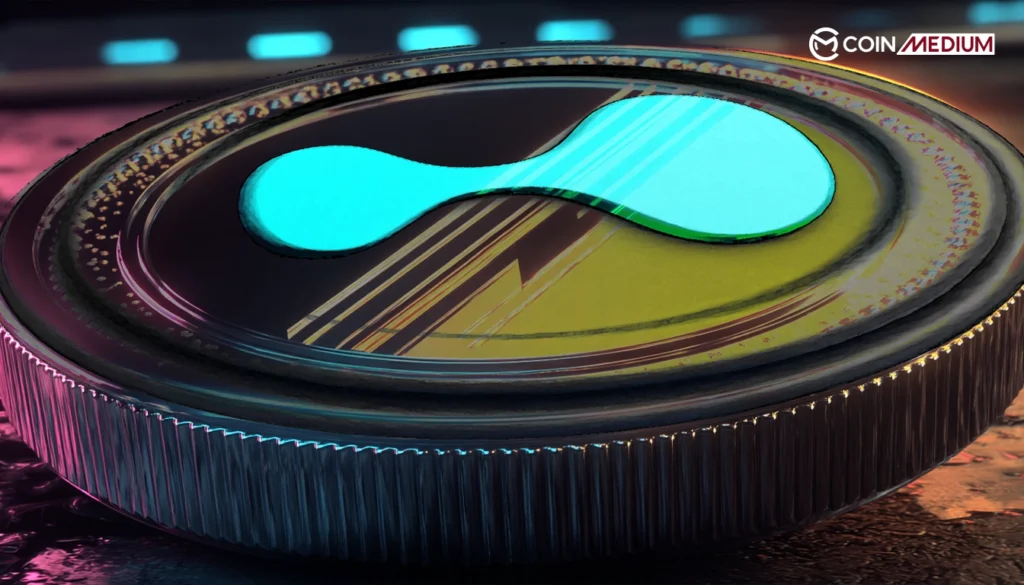In a bold move that could reshape stablecoin economics, Paxos—the infrastructure firm behind major crypto stablecoins like USDP and BUSD—has proposed launching USDH, the first native stablecoin on the Hyperliquid platform. This goes beyond a typical token launch: Paxos intends to allocate 95% of USDH’s net profits back to the Hyperliquid ecosystem via a programmatic buyback of HYPE tokens, rewarding long-term stakers and providers while enhancing overall liquidity.
For those unfamiliar, Paxos is no newcomer to crypto infrastructure. The company has quietly built the backbone for digital asset operations at PayPal, Venmo, MercadoLibre, Robinhood, and Kraken — essentially acting as the regulated engine behind many of the most widely used crypto services. It’s also one of the few crypto firms globally to hold full banking licenses in Singapore and Abu Dhabi, signaling deep alignment with international regulatory standards.
Paxos has chosen Hyperliquid because, despite being a small team of just 11 people, it has demonstrated strong profitability and operational efficiency. Recognizing Hyperliquid’s unique ability to deliver results with a lean setup, Paxos has put forward a detailed proposal to the Hyperliquid community and its governance body. The goal is to bring institutional-grade stability to the platform while aligning incentives in a way that few stablecoin projects have managed. This collaboration is designed to support Hyperliquid’s continued growth and long-term sustainability
Revolutionary Revenue-Sharing Model
To support the launch of USDH, Paxos created Paxos Labs, a dedicated division focused on accelerating stablecoin adoption within decentralized ecosystems. Paxos Labs acquired Molecular Labs, the developer of Hyperliquid’s infrastructure components, LHYPE and WHLP, to gain deeper expertise in Hyperliquid’s financial architecture.
Paxos has designed USDH with an innovative value-sharing model. Instead of keeping profits from its reserve assets (like U.S. Treasury securities), Paxos will use 95% of the interest earned to buy back HYPE tokens. These tokens will then be distributed to users, validators, and partners based on how much USDH they hold or trade.
This shifts the traditional stablecoin model — where most profits go to the issuer — to one where the benefits flow back to the ecosystem. The goal is to reward participation and encourage innovation across the Hyperliquid platform.
USDH will be deployed on both the HyperEVM and HyperCore blockchains, ensuring compatibility with Ethereum-based protocols and native Hyperliquid applications. Its reserves will be backed by high-quality, institution-grade assets such as U.S. Treasuries, repurchase agreements, and other secure instruments.
The USDH proposal needs to be approved by Hyperliquid’s network through a community vote on the blockchain. Paxos plans to launch this stablecoin in a way that follows all the rules, aiming to link traditional banks with the world of decentralized finance (DeFi). This could bring in big investors and help Hyperliquid stay ahead in the fast-moving world of crypto.
By leveraging Hyperliquid’s expertise and Paxos’s robust infrastructure, the USDH launch is poised to seamlessly bridge innovative crypto solutions with trusted financial networks. This strategic alignment not only accelerates adoption but also sets a new benchmark for compliance and accessibility in digital finance.








